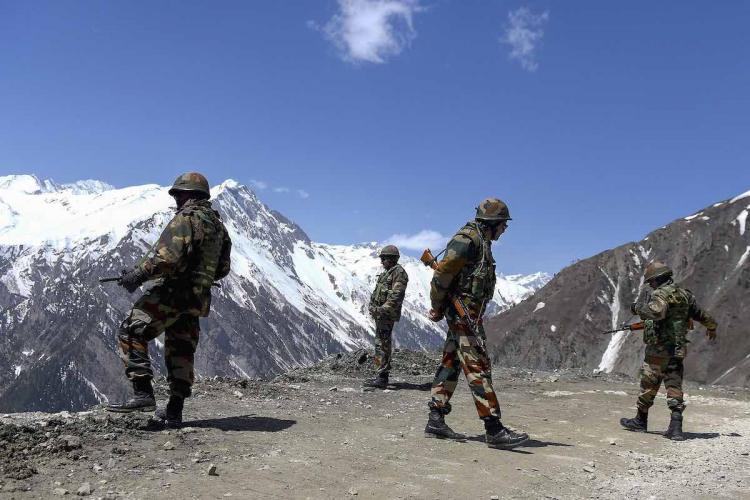
Indian, Chinese troops clashed at Sikkim’s Naku La last week, says Army

A clash broke out between Indian and Chinese troops along the Line of Actual Control (LAC) near Naku La pass in Sikkim on January 20, when a Chinese patrol party tried to cross over to Indian territory, the army said in a statement.
Reports say there have been injuries on both sides.
“We have received several queries regarding a face-off between Indian Army and PLA troops in Sikkim sector. It is clarified that there was a minor face-off at Naku La area of North Sikkim on 20 January and the same was resolved by local commanders as per established protocols,” read the Indian Army’s statement.
The army issued the clarification to put to rest speculations of alleged Chinese ingression in Sikkim.
The army also asked the media to refrain from “overplaying or exaggerating reports which are factually incorrect.”
The Naku La pass, situated 19,000 feet above sea level, was one of the places where Indian troops had clashed with Chinese soldiers in May last year. At least 10 Indian soldiers had sustained injuries in the skirmish between nearly 150 Indian and Chinese troops on May 9, 2020. The face-off was resolved after dialogue between military leaders of both sides.
Months after the clash, the ill-fated skirmish had broken out between the two armies at Galwan Valley in eastern Ladakh in which 20 Indian soldiers and an unknown number of Chinese soldiers were killed.
The face-off occurred even as both the militaries are engaged in talks to defuse the situation at LAC and disengage troops from key friction points. Military leaders of India and China on Sunday held the ninth round of talks which went on for 15 hours, in Chushul. The talks, however, remained inconclusive yet again as India asked China for “complete disengagement and de-escalation” at the friction points in eastern Ladakh.


